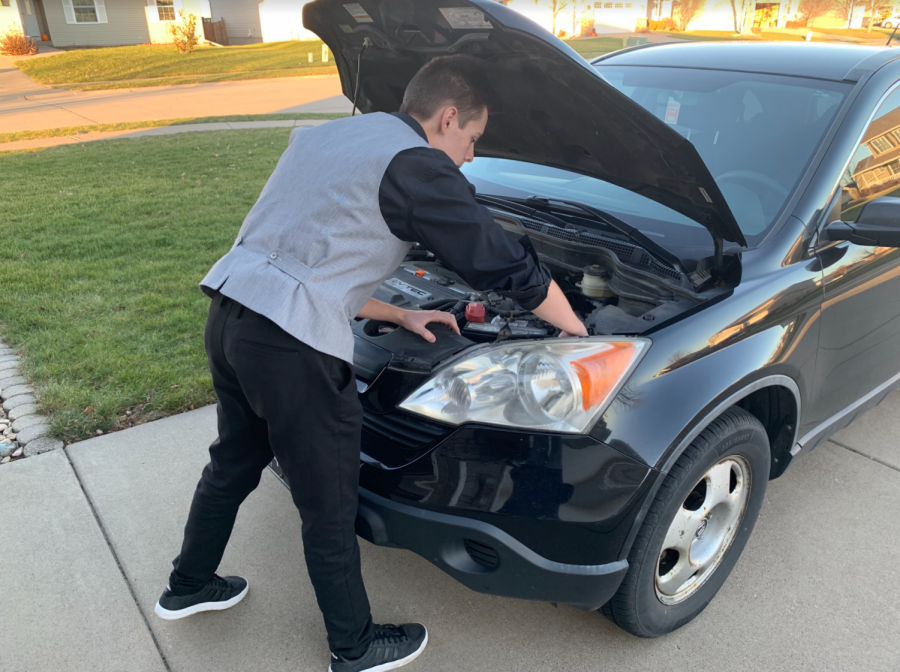Tips and and tricks for readying your car for the winter
Whether we like it or not, winter is on its way. While you may be preparing for the below-freezing temperatures by buying jackets and warm clothes, there is something else that you should prepare – your car. Similar to the way you may prepare for the upcoming weather harmful conditions, winterizing your vehicle is crucial for protecting it against inclement weather. Follow these simple tips and tricks to prepare your car for winter before conditions get worse.
1. Check your car battery and replace it if needed
The image is all too common. The temperature is below-freezing, and you’re about to travel to school. You decide to warm up your car so you have a toasty ride. But when you try starting the car, nothing happens – the car battery is dead. Batteries are strained more in the winter due to the extreme cold temperatures. Having them checked before the cold temperatures begin to kick in can save you time in the future and can offer you peace of mind knowing that you won’t be stranded in cold temperatures.
2. Try to keep your gas tank at least half full at all times
Keeping the gas tank more than half full ensures that moisture won’t build up in a lot of empty space in the tank. Moisture can “dilute fuel and put undue strain on your car’s pumps and other parts” according to Business Insider. If that built-up moisture freezes, it has the potential to freeze fuel lines, causing damage to many components. Also, by putting more gas in the tank, you are adding more weight to the back of your vehicle, creating more traction for the back wheels and enabling the car to grip the road better.
3. Use winter windshield wiper fluid
Ordinary wiper fluid may become frozen when it makes contact with the windshield in winter. However, windshield wiper fluids formulated for winter won’t freeze and are specifically designed to loosen ice and snow from your windshield. Switching to this fluid can make removing the ice or snow off a windshield virtually hassle-free, saving time and energy.
4. Regulate your tire pressure.
During cold temperatures, tires have a tendency to deflate due to lower tire pressure. Underinflated tires can increase braking time and skid more easily on wet pavement, decrease gas mileage and wear out the tires faster according to Firestone. Monitoring the pressure in each tire is a good idea to ensure proper control of the car in bad conditions.
5. Consider changing your wiper blades
Examine your wiper blades and look for signs of wear or damage to the blade. Wiper blades tend to degrade quickly during wintertime, so if you haven’t changed them in a long time, consider replacing them now to start off with a fresh set. Snow wiper blades are also a good option to switch to because they are more durable and cover the joints, preventing them from freezing.
Winter will be here sooner than you think! Take advantage of the time before winter arrives by trying these tips and tricks to ensure that you have well-winterized your vehicle.








